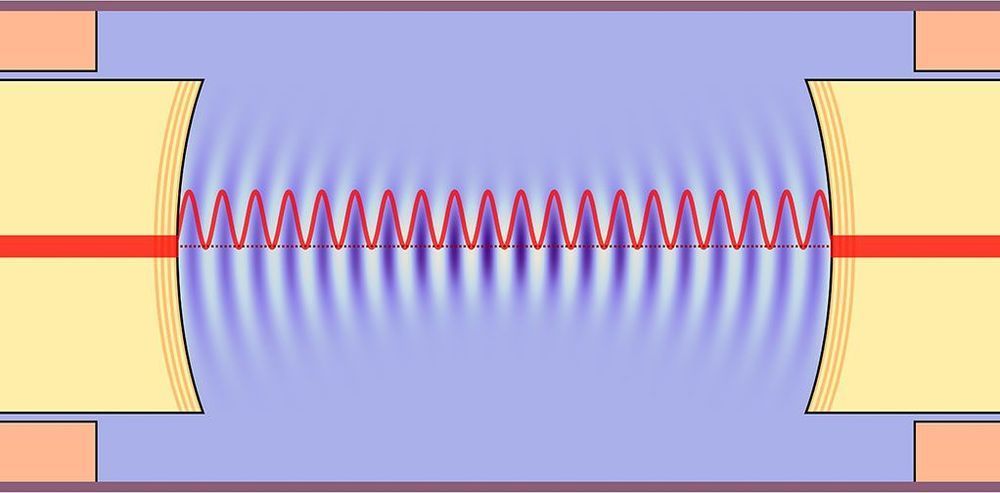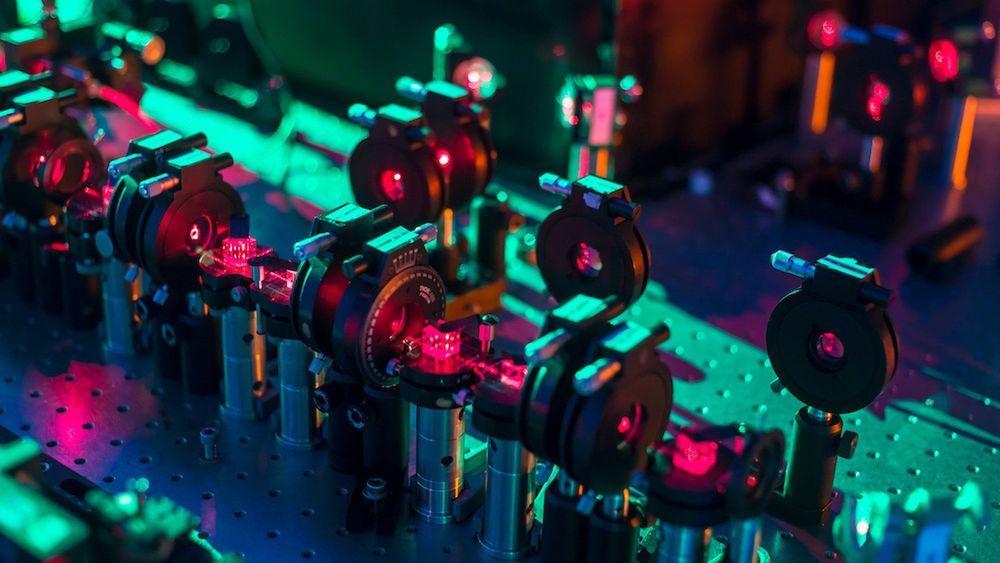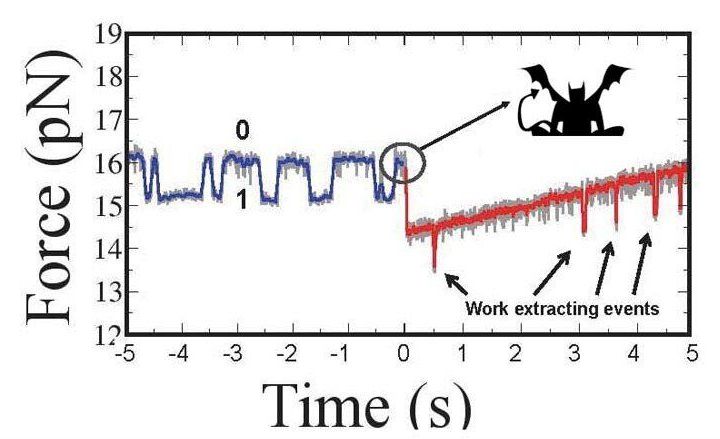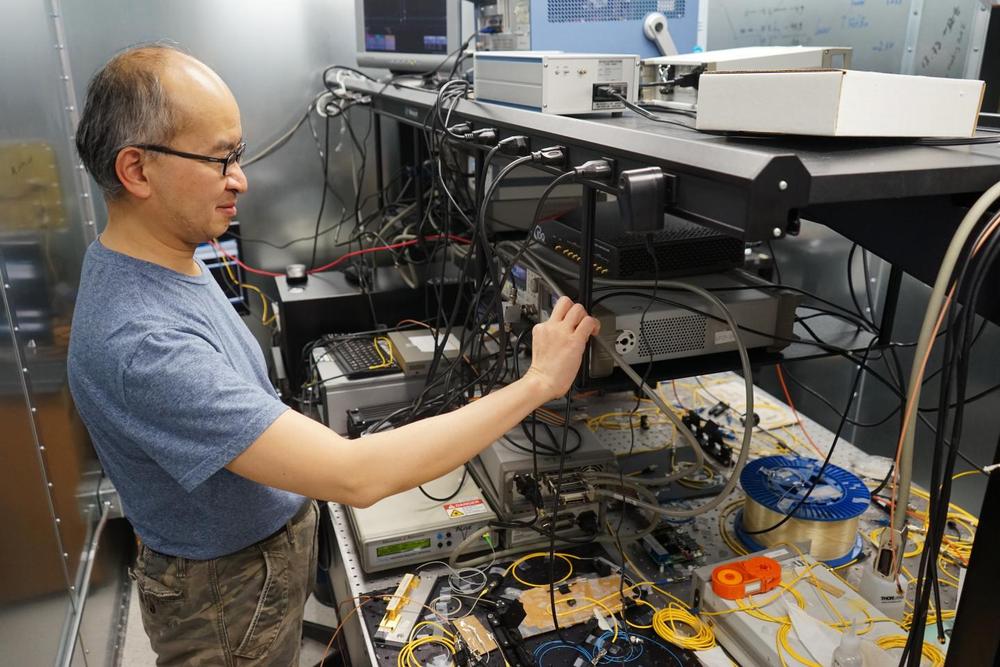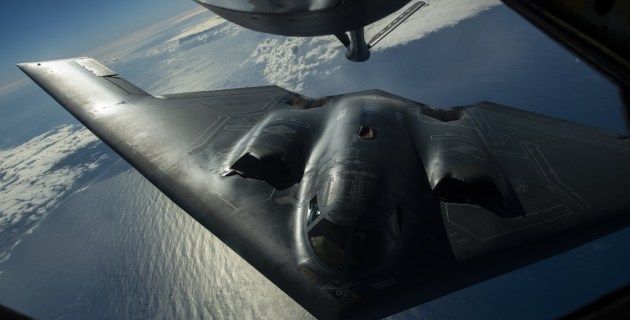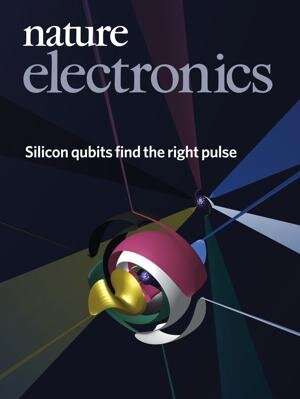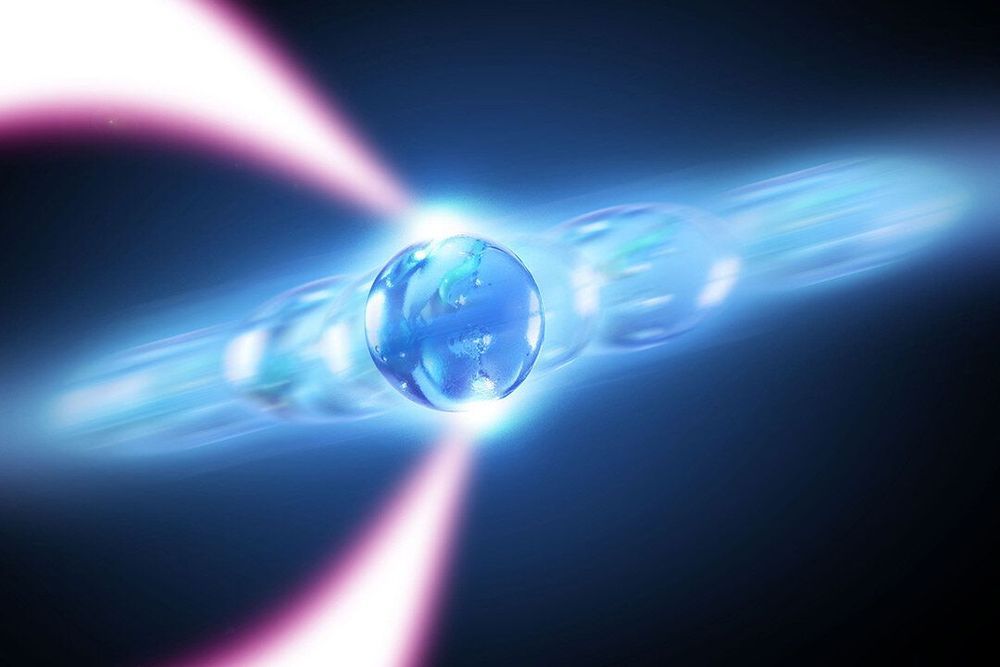The optical laser has grown to a $10 billion global technology market since it was invented in 1960, and has led to Nobel prizes for Art Ashkin for developing optical tweezing and Gerard Mourou and Donna Strickland for work with pulsed lasers. Now a Rochester Institute of Technology researcher has teamed up with experts at the University of Rochester to create a different kind of laser—a laser for sound, using the optical tweezer technique invented by Ashkin.
In the newest issue of Nature Photonics, the researchers propose and demonstrate a phonon laser using an optically levitated nanoparticle. A phonon is a quantum of energy associated with a sound wave and optical tweezers test the limits of quantum effects in isolation and eliminates physical disturbances from the surrounding environment. The researchers studied the mechanical vibrations of the nanoparticle, which is levitated against gravity by the force of radiation at the focus of an optical laser beam.
“Measuring the position of the nanoparticle by detecting the light it scatters, and feeding that information back into the tweezer beam allows us to create a laser-like situation,” said Mishkat Bhattacharya, associate professor of physics at RIT and a theoretical quantum optics researcher. “The mechanical vibrations become intense and fall into perfect sync, just like the electromagnetic waves emerging from an optical laser.”
Read more
